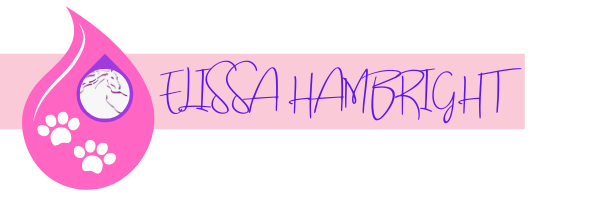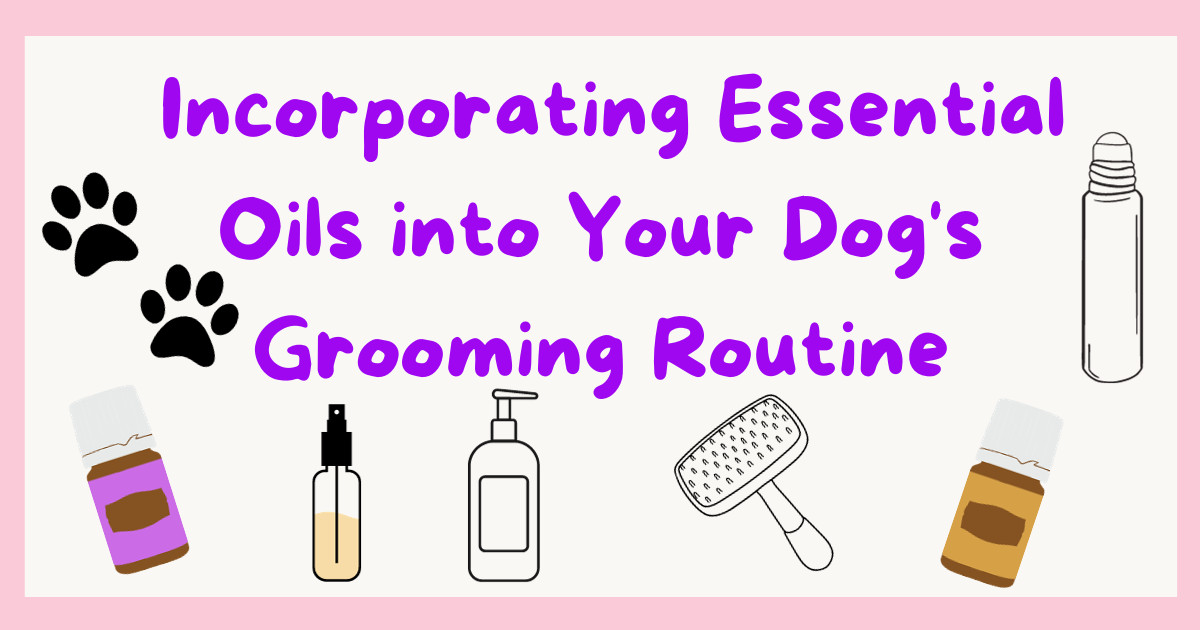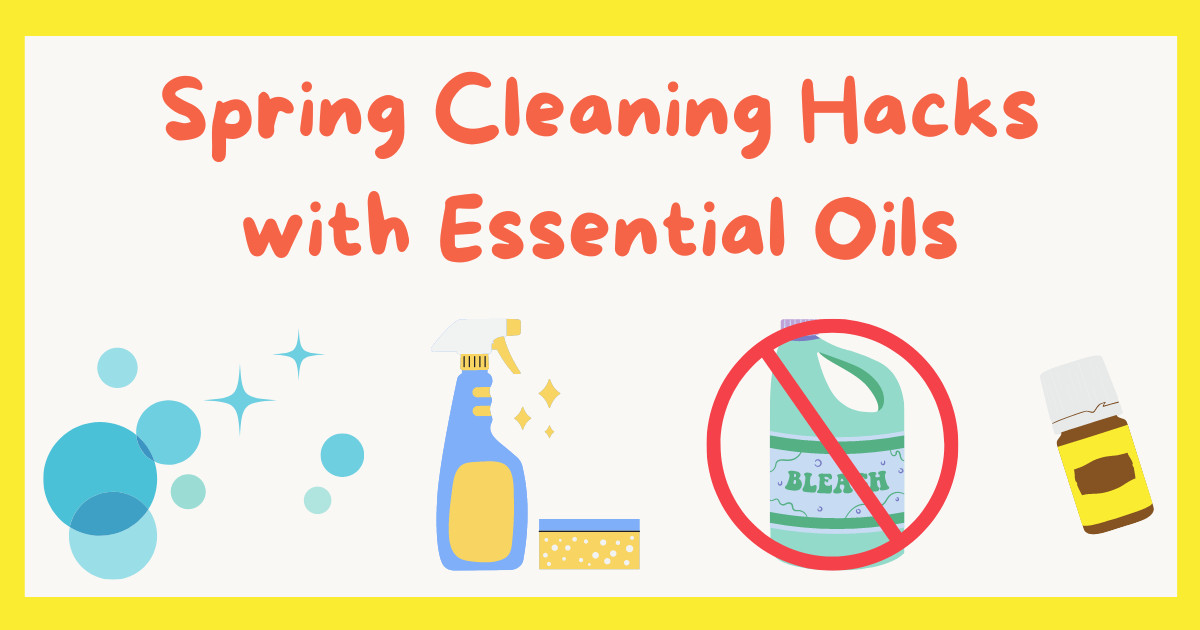
If you're an equestrian, you may already be familiar with the use of essential oils for horses. Essential oils are like the magical essence of plants, bottled up for our enjoyment! Think of them as the superhero versions of your favorite plants, with powers to soothe, energize, and promote well being. These oils are extracted from various parts of plants, like the flowers, leaves, or roots, and are known for their aromatic and life enhancing qualities. They come in a wide range of scents, from calming lavender to zesty lemon, and can be used in a variety of ways, from diffusing them into the air to applying them topically. So, if you're looking for a little plant-powered pick-me-up as part of your natural horse care routine, essential oils are here to make your day at the barn even better.
When it comes to applying essential oils topically on horses, it is important to remember how concentrated essential oils are. It can take three pounds of a lavender plant to make one 15 ml. bottle of Lavender essential oil! Oftentimes, you’ll want to apply an essential oil to a large surface area as well. Therefore, in most cases, it is recommended to dilute essential oils with a carrier oil like coconut or jojoba oil before applying them to the skin. Fractionated coconut oil is my favorite as it stays liquid year round, is odorless, inexpensive, and absorbs quickly and doesn’t leave a super greasy residue. Diluting essential oils helps to avoid any potential skin irritation or sensitivity and helps to cover large surface areas.
Additionally, it is important to use high-quality, pure essential oils that are safe for equine use. Using premium and high quality oils ensures that the essential oil is free from any synthetic additives, fillers, or impurities that could be harmful to your horse. Some essential oils that get a bad rap for use with horses like Tea Tree essential oil can be safely used if the Tea Tree oil is unadulterated and diluted. I like and use the world leader in essential oils-Young Living™. With their Seed To Seal guarantee, you know you're getting pure and premium products for you and your horses health! You can check them out by clicking HERE (This is an affiliate link and I earn a small commission from your order at no cost to you. Thanks for supporting my small business! I'm so excited to help you get started, that I'll connect with you once you order and send you something special)
To easily dilute an essential oil, simply add a dollop of carrier oil to the palm of your hand, add a drop or two of essential oil, rub your palms together, then apply directly to the desired area. To learn more about diluting essential oils with your horse, and the various carrier oils I like to use, click HERE.
Another easy way to always have a diluted essential oil on hand for your horse is by making a roller bottle. You can purchase some 10 ml roller bottles on Amazon. Simply add 10-20 drops of essential oil to the roller bottle, fill up with a carrier oil (my favorite is fractionated coconut oil), apply the roller and lid, then invert back and forth to mix well. You can then either roll directly on the desired area or roll on your hand and then rub in. If your horse is dirty or really hairy like my mini's, I like to roll on my hand and rub in. For a step by step guide to making a roller bottle, click HERE.
Horses are equipped with an incredible sense of smell, thanks to their olfactory receptors located in the upper part of their nasal cavity. This prime location allows for maximum scent analysis as the aroma molecules travel through their nasal passages. If they really want to take in a scent, they can even perform a unique maneuver, known as the horse laugh (or the flehmen response). During this impressive display, the horse flares its nostrils, trapping the alluring scent molecules inside. By closing off their airway and nostrils, they can take a closer look at the aroma, analyzing it thoroughly.
With this innate ability for aroma, remember to offer the essential oil for your horse to smell first, then apply. This not only ensures that you are using an essential oil that your horse likes, but inhaling the aroma first gets the essential oil into the part of the brain that can affect emotions. You might even want to become a walking diffuser for your horse first by wearing the essential oil as a perfume for a few days. We are half the equation with our horses and if we are positive, calm, and happy, we can help our horses behave that way as well.
When your horse is used to essential oils and you are thinking about applying them topically, you might be asking 'where do you apply the essential oil on your horse?' Here are some common areas to consider:
- Poll and Forelock
The poll is the area just behind the horse's ears. Applying essential oils to this area can help relieve tension and promote relaxation. You can also apply oils to the forelock for a similar effect. Essential oils like fat and will travel down the hair shaft into the hair follicle for absorption into the body. Careful to not get into the eyes, tho. Essential oil aromas vary and some smell stronger than others so if the aroma of the essential oil you are using seems particular pungent, you may want to apply to an area further away from the head, such as the chest.
- Chest
The chest is another common area for applying essential oils on horses. This area is close to the heart and lungs, and I like to apply the oils here if my goal is for helping to support respiratory health. If your horse is tall or head shy, the chest can be a much better choice than the forelock or poll.
- Belly
The belly area is a great spot for applying essential oils to promote digestion and help with digestive discomfort. Start with the sides of your horses belly and watch how they react. Depending upon your horse, the underside of the belly can be really sensitive and may be an area to avoid for safety reasons. Approach your horses belly area with caution, especially if they are having some discomfort, and stay out of the kick zone. If there's any doubt that your horse may not want to be touched in this area, rub the oils on the chest instead. If discomfort is present, remember that essential oils are a tool that you use while you are waiting for your veterinarian, not as a replacement for your veterinarian! I also generally avoid the girth area just in case of any skin sensitivity, so that I don't have to worry about tack and equipment going on over the application area.
- Hooves
Essential oils can be used to support healthy hooves by applying them to the coronet band and hoof itself. An easy way to do this is by making a hoof oil or spray. To get my recommended essential oils and hoof recipes, click HERE. Using essential oils for your horses hoof health can keep a healthy hoof in tip top shape or support a hoof that may need some help.
- Muscles and Joints
Who doesn't love a good rub down?! Using essential oils on your horses muscles can help to loosen them up and soothe them. If your horse is experiencing muscle discomfort or joint discomfort, applying essential oils to the affected area can help support that area. You can simply dilute the essential oils in your hand and then rub in or you can make a massage oil or spray, or even use as a liniment or brace. For my favorite recipes to make a massage oil and after exercise rinse with Epsom salts, click HERE.
When applying essential oils to horses, it's important to remember that just like people, each horse is different. You may be able to apply an undiluted essential oil to one horse, but not another. You may need more dilution, or you could do less. Age, size, health, and sensitivities (like redheads) can all factor in. It's much better to over dilute than under dilute. If you under dilute, simply add more carrier oil to the area. This will further dilute the essential oil and help the body process it better. Start with the minimum number of drops recommended and see how that works before adding more. It's also better to apply a small amount more frequently rather than a large amount less often. Watch how your horse reacts and observe for any signs of discomfort like itching, swelling, raised hair or skin bumps. Again, make sure to only use high-quality, pure essential oils that are safe for equine use.
Applying essential oils on horses can be a great way to promote relaxation, help discomfort, and support overall well-being. Equine aromatherapy can have many health benefits for horse owners. If you're ready to dive in and utilize some aromatherapy for your horse, enroll in 'Oily Horse Intro' - a great way to start using essential oils with your horse! My Oily Horse Intro course will give you all the knowledge and recipes you need without feeling overwhelmed. Sign up HERE for Oily Horse Intro and get started on your natural horse care journey today!











0 Comments